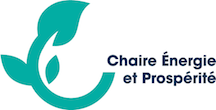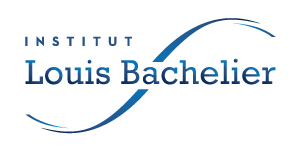This article analyzes the trade-off between yield and farmed area when a valuable species is affected by agricultural practices.
This paper is an introduction to climate change risk for the financial sector (banks and investors). It aims to provide financial professionals, researchers and policymakers in the area of banking and investment with a snapshot of the current state of the art and guidance on the relevant literature to go further.
This article provides a knowledge-based and energy-centred unified growth model of the transition from limited to sustained economic growth.
This paper studies whether and how a country's environmental, social, and governance (ESG) performance relates to its sovereign borrowing costs in international capital markets.
Using Brazil’s industrial structure and its interdependence, we evaluate the minimal changes in final demand that are needed to achieve their NDC and study the impacts that such changes could cause to the employment by industry in the country.
This paper follows van der Ploeg (1987)’s research program in testing both its extension of Goodwin (1967)’s predator-prey model and the Minsky Financial Instability Hypothesis (FIH) proposed by Keen (1995).
This article shows that several minimum exergy return ratios (ExRRs) can be computed in relation to different aggregate exergy conversion efficiencies.
This article analyzes the transition dynamics, what Hicks called the traverse, from one equilibrium toward another one—and the conditions for such a transfer—in a bi-sectoral economy under technological shocks.
In this article, we design a phenomenological model of the global human population dynamics by using the gross world product (GWP) as an exogenous input variable to determine the birth rate and death rates of each age group
In this paper, we estimate for the first time how production and emissions of manufacturing firms in one country respond to foreign demand shocks in trading partner markets.
Découvrez en ligne la dernière newsletter et inscrivez vous pour recevoir la prochaine


